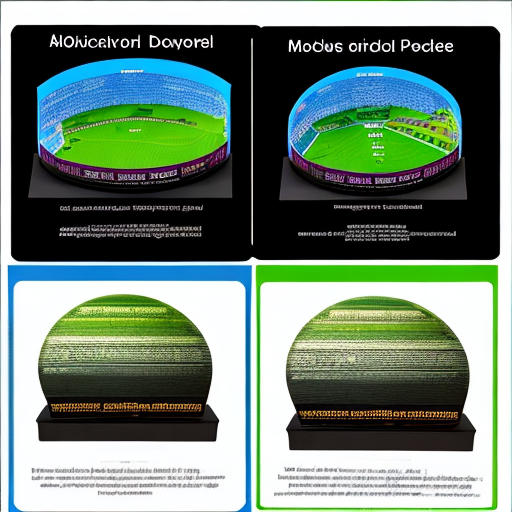Course 4 : Comprehensive coverage on Langchain

About Course
Langchain is an open-source framework designed to streamline the development of applications powered by large language models (LLMs). Here’s a detailed breakdown:
Definition:
Langchain is more than just a framework; it’s an ecosystem for building LLM applications. It provides a collection of tools and libraries that simplify every stage of the development lifecycle, from initial creation to deployment.
Purpose and Benefits:
- Simplified Development: Langchain offers pre-built components and templates, allowing developers to focus on application logic rather than reinventing the wheel for LLM interaction.
- Enhanced Accuracy & Control: Langchain provides mechanisms for customizing prompts and incorporating external data sources, leading to more accurate and relevant LLM outputs.
- Flexibility and Scalability: The modular design of Langchain allows for building complex applications by chaining together various components. It can adapt to diverse use cases.
- Open-Source Community: Being open-source, Langchain fosters a community of developers contributing to its growth and offering support.
Key Components:
- Langchain Libraries: Available in Python and Javascript, these libraries provide the core functionality for building LLM applications. They offer interfaces and integrations for various components and pre-built implementations for common tasks.
- Langchain Templates: These are pre-designed, deployable architectures for specific functionalities like building chatbots, code analysis tools, or question-answering systems. Templates provide a quick starting point for common use cases.
- LangChain Expression Language (LCEL): This is a declarative language for composing Langchain workflows. It allows developers to define chains and their components without writing complex code, making it accessible even for those new to LLM development.
- Agents: These act as intermediaries between the user and the LLM. They take user input, translate it into prompts for the LLM, process the LLM’s response, and present it back to the user. An agent manages the conversation flow and context between interactions.
- Components: These are the building blocks for Langchain applications. Each component performs a specific task, like data pre-processing, LLM interaction, or output formatting. Developers can use pre-built components or create custom ones for specific needs.
- LangServe: This tool allows you to turn any Langchain chain into a web service (API). This simplifies integration with other applications and deployment in production environments.
- LangSmith: This tool helps with inspecting, monitoring, and evaluating Langchain applications. It allows developers to identify issues, optimize chains for performance, and ensure they function as expected before deployment.
In summary, Langchain provides a comprehensive toolkit for developers to leverage the power of LLMs and build intelligent applications with greater ease and control.
Course Content
Langchain Libraries
Langchain Templates:
LangChain Expression Language (LCEL)
Agents
Components
LangServe
LangSmith
Student Ratings & Reviews

No Review Yet